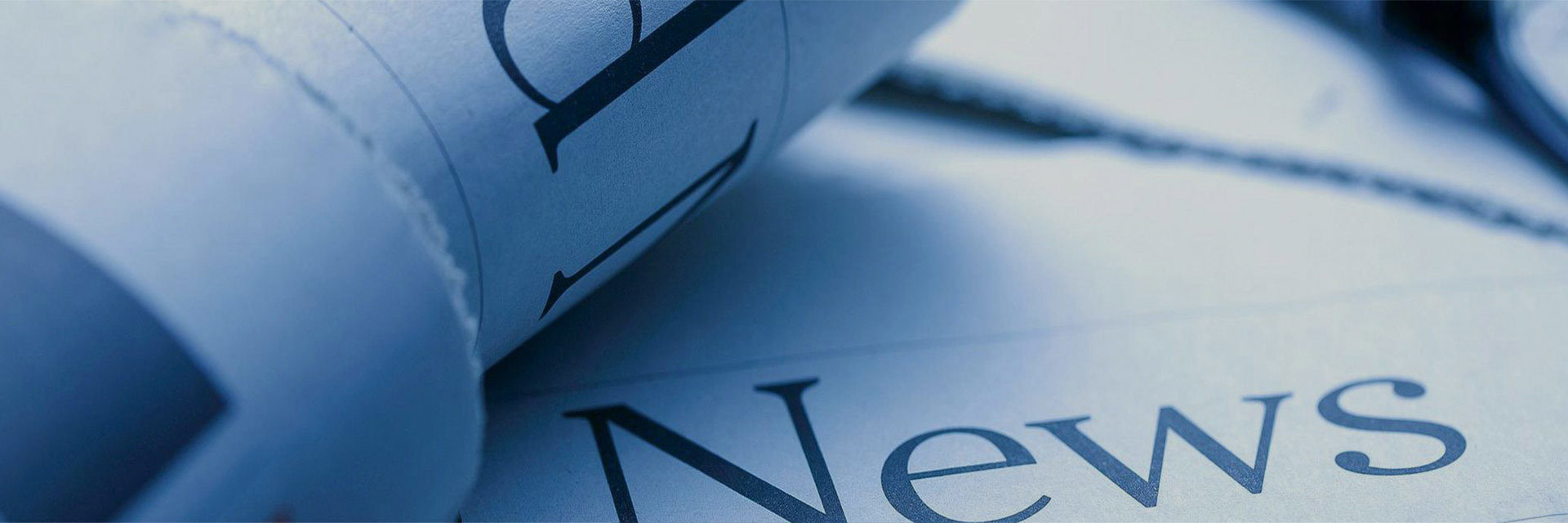How to Properly Maintain Rubber Liners for Longevity: Essential Tips and Techniques
Release time:
2025-03-28
How to Properly Maintain Rubber Liners for Longevity Rubber liners are crucial components in various industrial applications, providing excellent resistance against abrasion, corrosion, and chemical damage. Proper maintenance is essential for ensuring their longevity and performance. In this guide, we will explore effective strategies for maintaining rubber liners, highlighting best practices and

How to Properly Maintain Rubber Liners for Longevity
Rubber liners are crucial components in various industrial applications, providing excellent resistance against abrasion, corrosion, and chemical damage. Proper maintenance is essential for ensuring their longevity and performance. In this guide, we will explore effective strategies for maintaining rubber liners, highlighting best practices and common mistakes to avoid.
Table of Contents
1. Understanding Rubber Liners
2. Importance of Maintenance
3. Common Applications of Rubber Liners
4. Best Practices for Maintaining Rubber Liners
4.1 Regular Inspections
4.2 Proper Cleaning Techniques
4.3 Avoiding Chemical Damage
4.4 Maintaining Optimal Temperature
4.5 Repairing Minor Damage Promptly
5. Tools and Materials for Maintenance
6. Common Mistakes to Avoid
7. Frequently Asked Questions (FAQs)
8. Conclusion
1. Understanding Rubber Liners
Rubber liners serve as protective barriers in various industrial settings, shielding surfaces from mechanical wear and chemical exposure. Composed of synthetic or natural rubber, these liners offer notably high elasticity, resilience, and durability. Understanding their composition and functionality is vital for effective maintenance.
2. Importance of Maintenance
Regular maintenance of rubber liners is crucial for several reasons. First, it extends their operational lifespan, reducing the need for costly replacements. Second, it ensures optimal performance, minimizing downtime and improving productivity. Third, well-maintained liners contribute to the overall safety of the industrial environment by preventing leaks and failures.
3. Common Applications of Rubber Liners
Rubber liners find applications in various industries, including:
- **Mining:** Protecting equipment from abrasive materials.
- **Chemical Processing:** Offering resistance to corrosive substances.
- **Construction:** Line chutes and hoppers to prevent wear from heavy materials.
- **Water Treatment:** Shielding tanks and pipes from chemical and physical degradation.
Understanding where rubber liners are used helps in tailoring maintenance practices suitable for specific applications.
4. Best Practices for Maintaining Rubber Liners
Effective maintenance involves a combination of regular inspections, proper cleaning techniques, and timely repairs. Here are some best practices to follow:
4.1 Regular Inspections
Routine inspections are vital for identifying wear and tear early. Inspect rubber liners for:
- Cracks or splits
- Discoloration
- Surface degradation
Conduct inspections at regular intervals or whenever operational changes occur, ensuring any issues are addressed promptly.
4.2 Proper Cleaning Techniques
Cleaning rubber liners is essential for maintaining their integrity. Use the following procedures:
1. **Gentle Washing:** Use a soft brush or cloth with mild soap and water to remove dirt and debris. Avoid abrasive materials that can scratch the surface.
2. **Thorough Rinsing:** Ensure all soap is washed away to prevent residue build-up, which can accelerate wear.
3. **Drying:** Allow liners to dry completely before reusing or storing to prevent mold and mildew growth.
4.3 Avoiding Chemical Damage
Certain chemicals can degrade rubber materials. When selecting cleaning agents or other substances that will come into contact with rubber liners, keep the following tips in mind:
- **Consult Material Safety Data Sheets (MSDS):** Before using any chemical, verify its compatibility with rubber.
- **Test on a Small Area:** If unsure, test any new chemical on a small, inconspicuous area of the liner first.
4.4 Maintaining Optimal Temperature
Rubber liners are sensitive to temperature fluctuations. High temperatures can lead to accelerated aging and degradation. Ensure that:
- Liners are stored in a temperature-controlled environment.
- Operational temperatures remain within manufacturer-recommended limits.
4.5 Repairing Minor Damage Promptly
Address minor damages immediately to prevent further deterioration. Use the following methods for effective repairs:
- **Rubber Patching Kits:** Available in the market, these kits provide all necessary materials for effective repair.
- **Adhesives:** Specialized adhesives can bond rubber effectively. Ensure compatibility with the liner material before application.
5. Tools and Materials for Maintenance
Having the right tools and materials on hand can streamline the maintenance process. Essential items include:
- Soft brushes and cloths for cleaning.
- Mild soap solutions.
- Rubber patching kits.
- Temperature monitoring devices.
- Storage solutions for proper liner storage.
6. Common Mistakes to Avoid
To prolong the lifespan of rubber liners, avoid these common mistakes:
- **Neglecting Regular Inspections:** Skipping inspections can lead to unnoticed damage, resulting in costly repairs or replacements.
- **Using Harsh Chemicals:** Using inappropriate cleaning agents can cause irreversible damage to rubber.
- **Ignoring Manufacturer Guidelines:** Always adhere to manufacturer recommendations for maintenance and care.
- **Postponing Repairs:** Address any damage promptly to prevent escalation.
7. Frequently Asked Questions (FAQs)
**Q1: How often should I inspect rubber liners?**
A: Inspections should be conducted routinely, ideally every month or after significant operational changes.
**Q2: Can I use bleach to clean rubber liners?**
A: No, bleach can degrade rubber. Stick to mild soap and water for cleaning.
**Q3: How can I tell if my rubber liner needs replacement?**
A: Signs of severe cracking, significant wear, or extensive discoloration typically indicate the need for replacement.
**Q4: What is the ideal storage temperature for rubber liners?**
A: Ideally, store rubber liners in a cool, dry place away from direct sunlight, with temperatures between 50°F and 80°F (10°C to 27°C).
**Q5: Are there any protective coatings available for rubber liners?**
A: Yes, there are specialized coatings designed to enhance the durability and resistance of rubber liners against environmental factors.
8. Conclusion
Maintaining rubber liners is a critical aspect of extending their life and ensuring optimal performance in various industrial applications. By conducting regular inspections, employing proper cleaning methods, and addressing minor damages promptly, we can significantly increase the longevity of these vital components. Remember, the right tools and knowledge are essential for effective maintenance, so invest time and resources into understanding and applying best practices. With consistent care, your rubber liners can serve your operations effectively for many years to come.
Key word:
Rubber liners
Recommended



